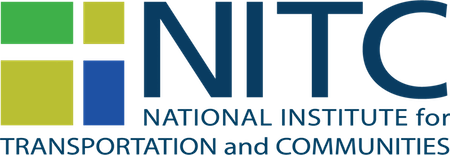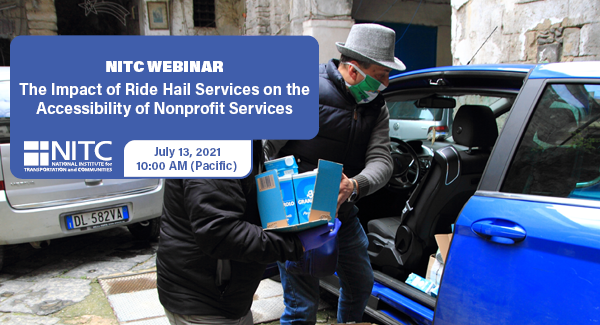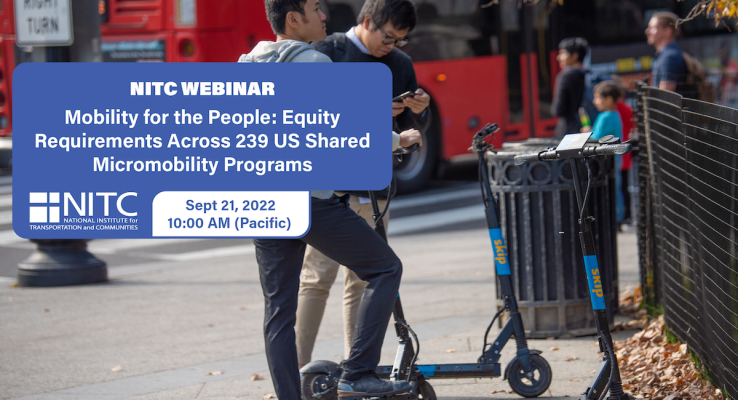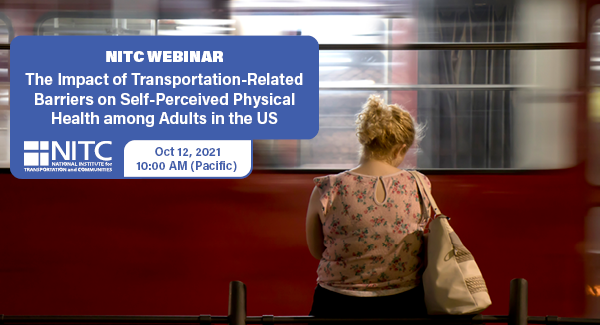PRESENTATION ARCHIVE
OVERVIEW
Nonprofit organizations are responsible for providing human services across the United States, often in partnership with government agencies. In this work, they address some of the most pressing social issues – including homelessness, poverty, health care and education. While many of these organizations consider location and accessibility crucial to supporting their clients – often locating services near bus or train stops, for example – little is known about the impact of new technologies, including ride hail services (also called Transportation Network Companies, or TNCs) like Lyft and Uber, on nonprofit accessibility.
Do these services help fill gaps in client needs? How are nonprofit organizations considering these services in meeting client needs?
This exploratory and qualitative study is among the first of its kind to measure the impact of TNCs and other emerging technologies on community mobility and the accessibility of human services, helping to build stronger communities. This study includes interviews with nonprofit service providers and clients...
Read more



